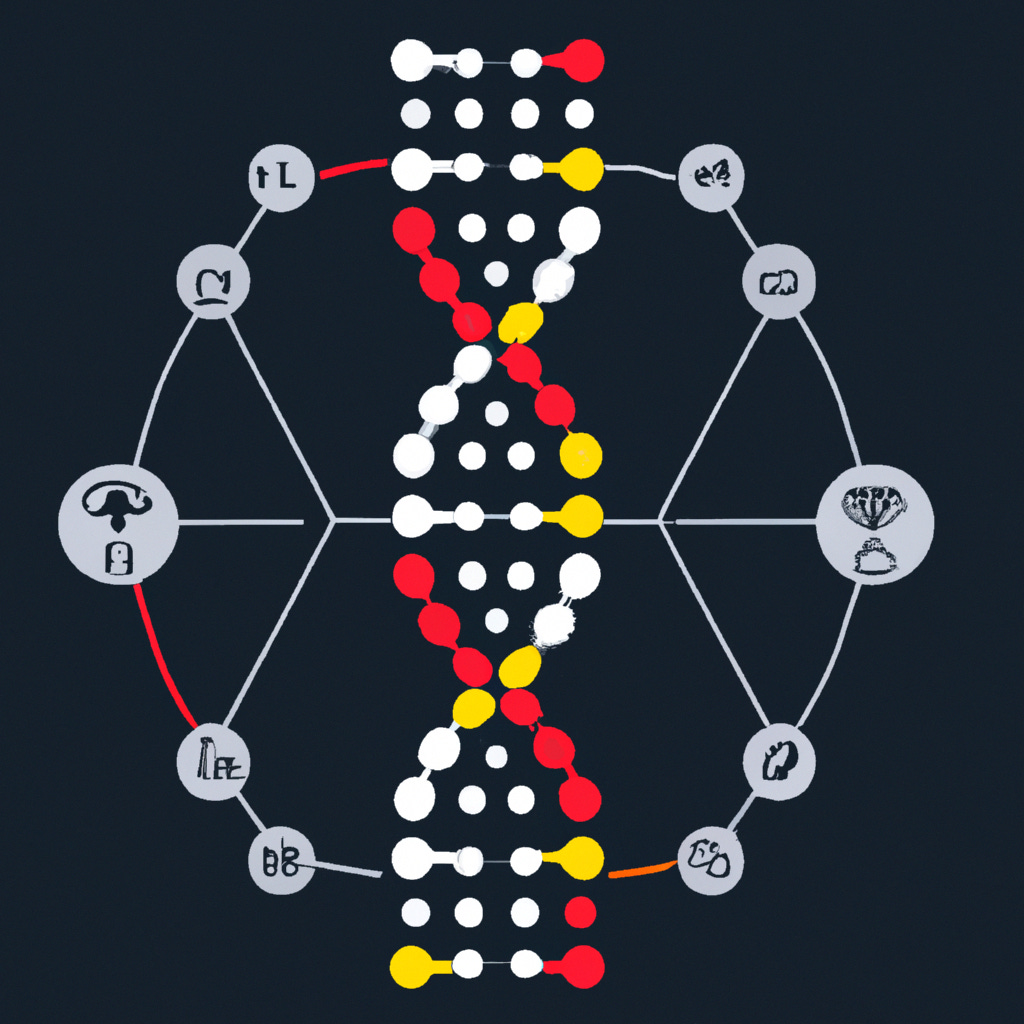Evolutionary frameworks help elucidate genome function
Evolutionary genomics, a powerful framework for functional studies
Genomics is the study of the entire genetic makeup of an organism. It encompasses DNA sequencing, mapping, and analysis, including genes, regulatory elements, and non-coding regions. Genomics has become a powerful tool for understanding biological systems. However, the sheer size, complexity, and diversity of genomes make interpreting genomic data challenging.
Functional genomics is a subfield that seeks to understand the function and regulation of genes and their products. It involves the analysis of gene expression, protein interactions, and biochemical pathways, among other aspects of cellular physiology. One of the key challenges in functional genomics is identifying the relevant genes and their roles in specific biological processes.
Evolutionary biology provides a powerful framework for understanding the functional significance of genetic variations. Evolution is the process by which species change across generations through genetic mutations, natural selection, and other mechanisms. The changes advantageous to an organism's survival and reproduction are more likely to be passed down to subsequent generations.
Evolutionary studies have revealed that many genes and genetic variations have functional significance that is not immediately apparent from the primary sequence. For example, genes that have undergone positive selection during evolution, meaning that they have been favored by natural selection, are likely to have important roles in adaptation or other key biological processes. One astonishing example of natural selection acting on gene sequences is in echolocating animals; specifically, the gene prestin underwent natural selection in echolocating bats and marine mammals. The signature of selection was so strong that the phylogeny of prestin sequences united echolocating species (Figure 1).
Figure 1. Parallel evolution of prestins among echolocating animals. (A) Phylogeny of prestin protein sequences among 25 mammals. (B) The species tree of 18 mammals.
In contrast, other genes may have undergone relaxed selection owing to their lack of importance for adaptation or other bioprocesses. For example, signatures of relaxed selection were observed near regulatory hair-related genes and microRNAs—such as mir205, ELF3, and FOXC1—among hairless mammals, raising the possibility that different evolutionary histories among these genes facilitated the loss of hair in these animals.
The study of gene expression and regulation is another area where evolutionary insights can shed light on functional genomics. For example, the comparative analysis of gene expression patterns across different species can reveal conserved regulatory elements that control gene expression. Similarly, studying gene regulatory networks can reveal the functional significance of specific transcription factors and other regulatory modules in the genetic networks that underpin cellular function.
Evolutionary studies can also help us understand the functional significance of genetic variations associated with human diseases. Many disease-associated genetic variations are found in non-coding regions of the genome, which do not code for proteins but have regulatory roles. Evolutionary studies can help identify functional non-coding regions of the genome by revealing conservation patterns across different species. Similarly, studies have underscored the importance of regions undergoing rapid selection—such as Human Accelerated Regions (or HARs), which may be responsible for unique aspects of human biology.
In recent years, the availability of large-scale genomic data sets has enabled the application of evolutionary approaches to functional genomics. For example, comparative genomics, which involves the analysis of genomic sequences across different species, has become a valuable tool for identifying conserved functional elements in the genome. Similarly, studying the evolutionary history of specific genes and gene families can reveal their functional significance and the mechanisms that underlie their regulation.
Evolutionary biology provides a powerful framework for understanding the functional significance of genetic variations and the regulation of gene expression. By applying evolutionary approaches to functional genomics, we can gain new insights into the biology of cells and organisms and the mechanisms of human diseases. As genomic data sets grow, evolutionary insights will become increasingly valuable for interpreting and understanding the complex genetic variations that underlie biological diversity and function.
Connect with me!
Medium:🧬Jacob L Steenwyk
Substack: Genomely from Jacob L. Steenwyk
Twitter: @jlsteenwyk
Website: jlsteenwyk.com
Header image generated using DALL·E 2 from OpenAI






